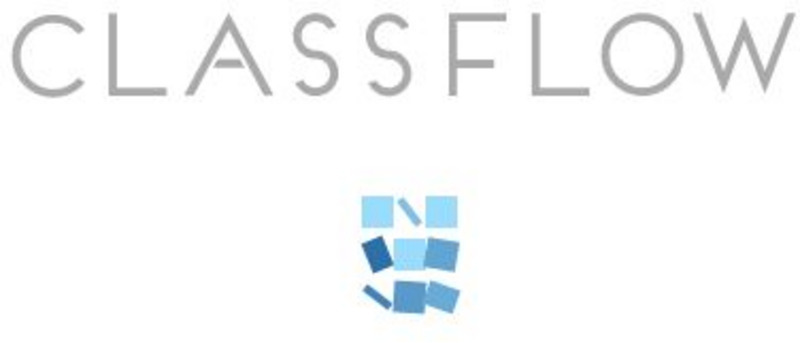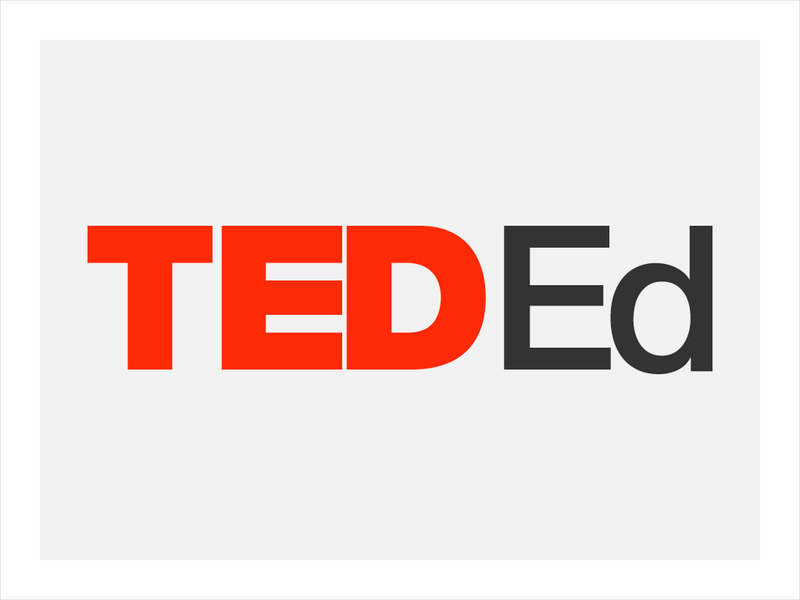Curated OER
Double Exposure Lesson: Discussions And Experiments About Photography
Students explore photography. They compare/contrast the work of two photographers, create a paper viewfinder and experiment with focusing on topics, take photographs, and display photograph essays about the school.
Curated OER
Cow's Eye Dissection
Young scholars identify the parts and function of the different parts of the eye. In this anatomy instructional activity, students simulate dissection using Exploratorium website. They watch a video and write the procedure of cow's eye...
Curated OER
Math Maven's Mysteries
In these story problems worksheets, students read the math problem story about 'The Secret of E. Quation the Great.' Students solve the question about the secret weights by using a letter to represent the unknown and circle the equation...
Curated OER
The American Home Front During WWII
Students analyze World War Two era government propaganda, biographies, and historical data in order to better understand the effects on Americans at home. In this American Home Front During World War Two lesson plan, students compare...
Curated OER
Dolch Basic Sight Vocabulary
In this Dolch Basic Sight Vocabulary activity, students review the Dolch Basic Sight Vocabulary words that are listed in alphabetical order. Students review 220 words.
Curated OER
Christmas Potpourri Hangers
Students create a potpourri hanger. In this Christmas craft instructional activity, students reuse materials to make a Christmas potpourri hangar for the tree or for a gift.
TED Talks
Ted: Ted Ed: How We See Color
There are three types of color receptors in your eye: red, green and blue. But how do we see the amazing kaleidoscope of other colors that make up our world? The following learning module explains how humans can see everything from...
The Tech Interactive
Tech Museum of Innovation: How We See
Part of a larger sight on the eyeball and its function, this section describes the process of sight and ranges in topics from the chemical reaction of light hitting the retina to blind spots and animals seeing color.
Open Ed
Open Ed Sci: 6.1 Light & Matter
How does a one-way mirror work? Though most everyone knows that one-way mirrors exist, having students model how they work turns out to be a very effective way to develop their thinking about how visible light travels and how we see...
Canada Science and Technology Museum
Canada Science and Technology Museum: Background Information for Light
Light! How do we see? What makes light? Find out everything you need to know through the Q&As on this site.
South Carolina Educational Television
Know It All Media: Light and Color
Why do we see certain colors? This interactive animation demonstrates the concept of the visible spectrum, and how we see the different colors of the rainbow.
Frontiers Media
Frontiers: How Do We See Color
The heroine of the movie is leaning over a ticking bomb. Under the bright white lights of the mayor's office, the timer is racing down to zero and she has only one chance to defuse it. As she opens the cover from the control panel, a...
TED Talks
Ted: Ted Ed: Is Light a Particle or a Wave?
In this third part of his series on light and color, Colm Kelleher discusses wave-particle duality and its relationship to how we see light and, therefore, color. [4:23]
Science4Fun
Science4 Fun: Light
What is light? Illustrated discussion of the speed of light, how we see colors, and how light helps us.
ClassFlow
Class Flow: How We See Things
[Free Registration/Login Required] In this unit children learn that mirrors and shiny surfaces alter the direction in which light travels and that when they see objects light enters the eye. Children contrast reflection and shadow...
PBS
Pbs Learning Media: Wavelength
In this interactive activity adapted from the University of Utah's ASPIRE Lab, students will learn how to measure wavelengths and see how wavelength affects the color of the light that we see.
NASA
Nasa: The Space Place: Why Is the Sky Blue?
Learn about colors of light by exploring how prisms work. Discover the different colors of the spectrum and how the visible light is what we see.
Optical Society
Optical Society of America: Optics for Kids: Bending Light
An experiment using a water lens that demonstrates how the eye sees an image. Accompanied by an explanation of what's happening, and a link to an article on refraction.
TED Talks
Ted: Ted Ed: What Is Color?
Colm Kelleher describes the physics behind colors- why the colors we see are related to the period of motion and the frequency of waves. [3:09]
CK-12 Foundation
Ck 12 Exploration Series: Simulations: Physics: Light Wave
[Free Registration/Login Required] Are there colors we don't see? This simulation addresses that question by exploring light as an electromagnetic wave. Learn how the electromagnetic wave relates its wavelength and frequency to the...
E-learning for Kids
E Learning for Kids: Science: North Sea: Why Do We Need Light?
Frederik is doing experiments about light to find out how it helps people to see things.
Exploratorium
Exploratorium: Science Snacks: Blind Spot: To See, or Not to See
The blind spot in human vision is described and illustrated.
CK-12 Foundation
Ck 12: Physical Science: Color
[Free Registration/Login may be required to access all resource tools.] Overview of the different colors in visible light and how they relate to its wavelength, how a prism separates visible light into its different colors, the colors of...
TeachEngineering
Teach Engineering: Do Plants Eat?
Through a teacher-led discussion, students realize that the food energy plants obtain comes from sunlight via the plant process of photosynthesis. They learn what photosynthesis is, at an age-appropriate level of detail and vocabulary,...

















